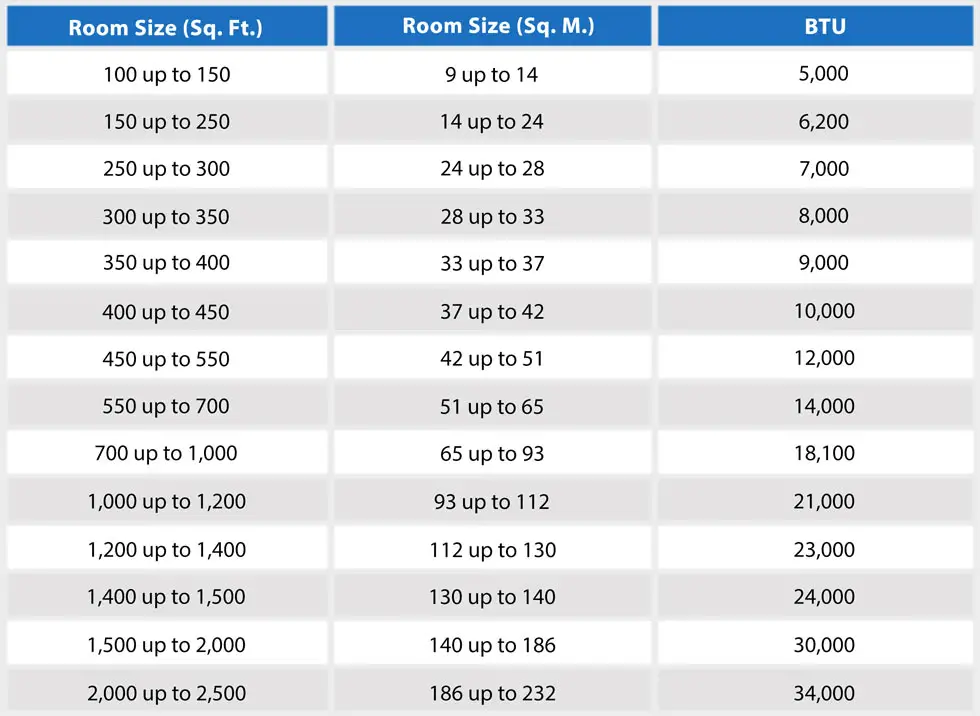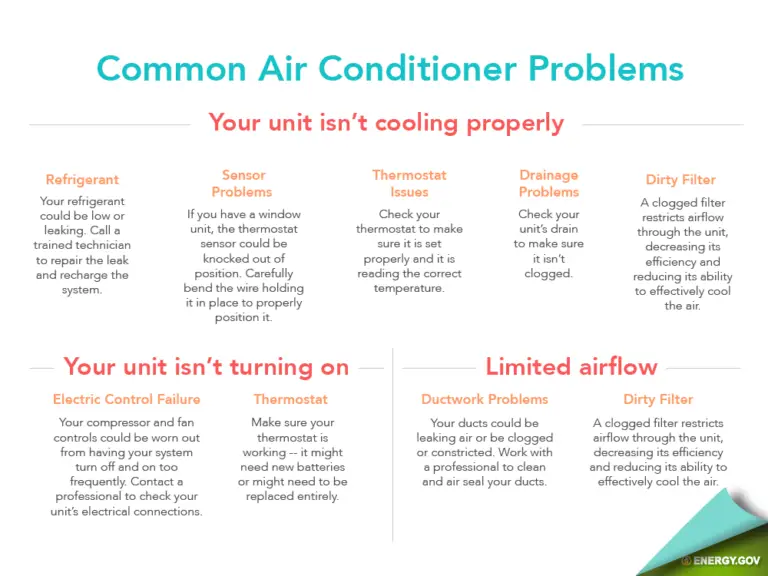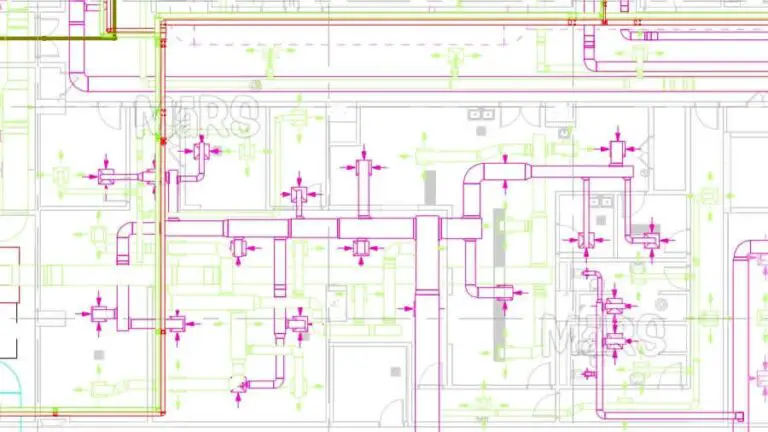Sizing Up Your Space: Choosing the Right Capacity for Your Central Air Conditioning System
If you’re in the market for a new central air conditioning system, you’ve likely noticed a dizzying array of options available. From sleek, modern units with cutting-edge technology to more traditional systems boasting reliability, the choices are overwhelming — and that’s before we even discuss capacity. Determining the correct capacity for your central air conditioner is much more than a game of “bigger is better.” It’s a crucial element in ensuring your space stays optimally cooled, and your investment is both efficient and durable.
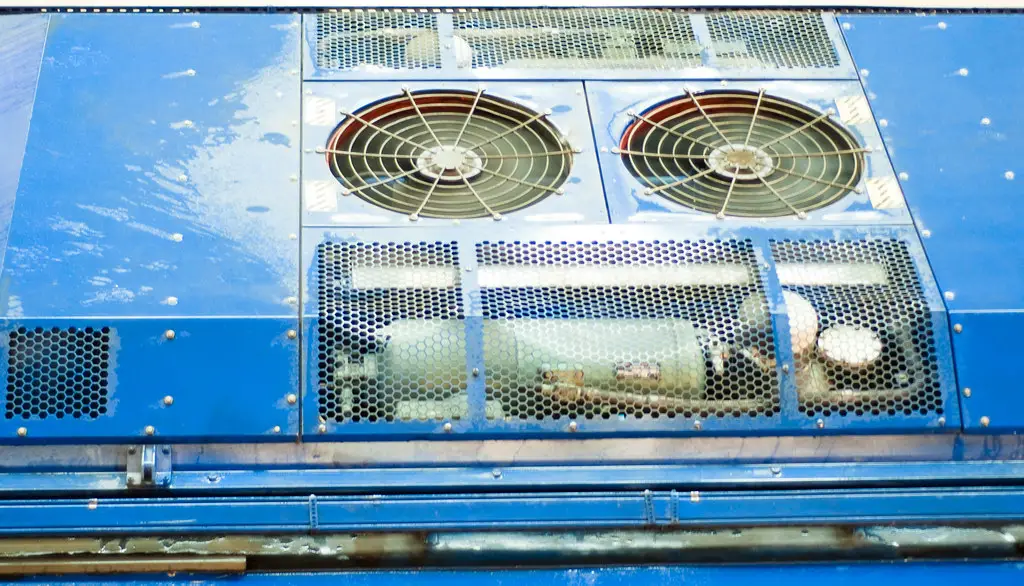
This comprehensive guide is designed to demystify the process of sizing your central air conditioning system for both HVAC professionals and homeowners, illuminating the nuances that dictate the system you need.
Understanding Air Conditioning Capacity
Before we dive into the nitty-gritty of capacity selection, it’s imperative to understand what we’re measuring and why it matters.
BTUs Defined
The British Thermal Unit (BTU) is a unit of heat, commonly used in the power, steam generation, and heating and air conditioning industries. When it comes to air conditioning, BTUs represent the amount of energy required to cool or heat a pound of water by one degree. For your central air system, BTUs indicate the cooling capacity of the unit.
What Influences BTU Requirements?
The capacity you need is not just based on the square footage of your home. You must also consider:
- Insulation and Sealing: A tightly sealed, well-insulated home requires less cooling power than its drafty counterpart.
- Climate: The hotter the climate, the higher the capacity requirement. Ambient humidity can also impact your AC needs.
- Usage: Spaces with high occupancy or equipment that gives off heat may need additional capacity.
Calculating Your Cooling Needs
One of the most common errors in selecting an air conditioning unit is misunderstanding or misjudging the space that needs to be cooled. The result is often an inefficient and wasteful system that struggles to keep up with demand.
Step-by-Step Guide for Homeowners
1. Measure the Involved Spaces
To start, measure the length and width of each area. Multiply these to get the square footage. Do this for every room you want to cool. Include hallways if they are wide enough.
2. Adjust for Non-Typical Conditions
If a room is unusually hot due to equipment or people, add 10% to the square footage to compensate.
3. Use a Standard BTU Chart
Now look at a BTU chart — a standard guide for area sizes and their suggested BTU capacities. Cross-reference your square footage with the chart and select the appropriate range for each room.
4. Sum the BTU Needs
Add up the BTUs for all rooms to find the total cooling requirement for your space.
Professional Assistance for Precision
While the homeowner’s guide is a great starting point, nothing can replace the accuracy of a professional assessment. HVAC experts use complex calculations that consider every variable, resulting in a much closer and more reliable capacity figure.
Common Mistakes to Avoid
It’s all too easy to fall into the trap of thinking that a more powerful unit will automatically deliver better results. But oversizing your AC has its own set of problems that can be just as detrimental as those caused by having too little capacity. Similarly, an undersized unit will run constantly, straining itself and wasting energy.
Oversizing the AC Unit
Oversized units short cycle, which means they run for short periods and shut off, then repeat. Not only is this inefficient, but it doesn’t allow the system to properly dehumidify your home. The rapid temperature changes can also cause discomfort.
The Underestimation Pitfall
An undersized AC unit can never reach the desired temperature effectively, leading to unnecessary strain on the system, higher energy consumption, and premature wear and tear.
Tips for HVAC Professionals
For the professionals tasked with selecting the right AC capacity, here are some key considerations to keep in mind.
Best Practices
- Always perform a Manual J load calculation to ensure precise sizing.
- Discuss with the homeowner their lifestyle and patterns of activity to accurately gauge how the space is used.
Future-Proofing Suggestions
- Encourage your clients to think about future needs when sizing their AC system. A well-considered upgrade could save them money in the long run.
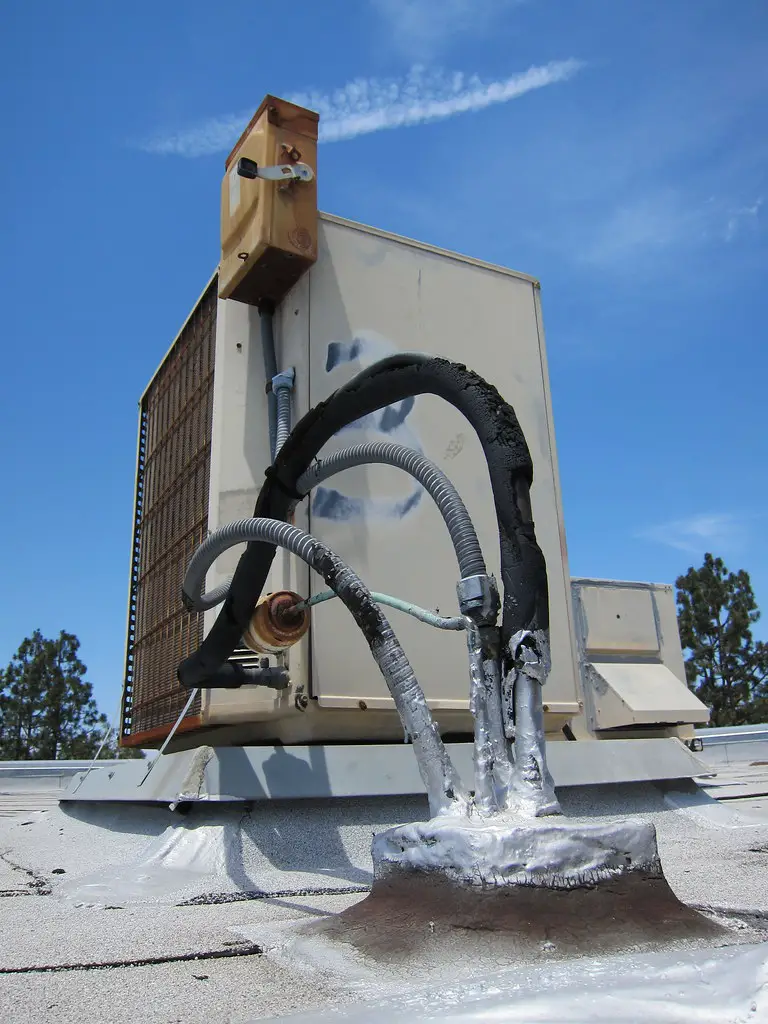
Tips for Homeowners
Even if you’re not an HVAC professional, there’s a lot you can do to assess your air conditioning capacity needs before calling in the experts.
Guidelines for Self-Assessment
- Regularly check insulation and window sealing, and upgrade if necessary.
- Monitor your energy bills and be on the lookout for unusually high costs indicating your AC may be working too hard.
When to Call the Experts
If you’re unsure about the installation sizing, it’s always best to consult with an HVAC professional. Getting it right the first time saves you from the discomfort of undersizing and the expense of an oversized system.
Conclusion
The central air conditioning system you choose for your home or business is more than just a convenience; it’s a long-term investment in comfort and efficiency. By understanding the factors that influence air conditioning capacity, you can make an informed decision that will improve your quality of life and save on energy costs for years to come.
Remember, the key to a well-sized AC unit is balance — not too big, not too small. It’s about finding the sweet spot that ensures your space is cool and comfortable without overburdening your system. Whether you’re a professional in the industry or a homeowner seeking the perfect cooling solution, taking the time to accurately size up your space will be worth it in the long run.

